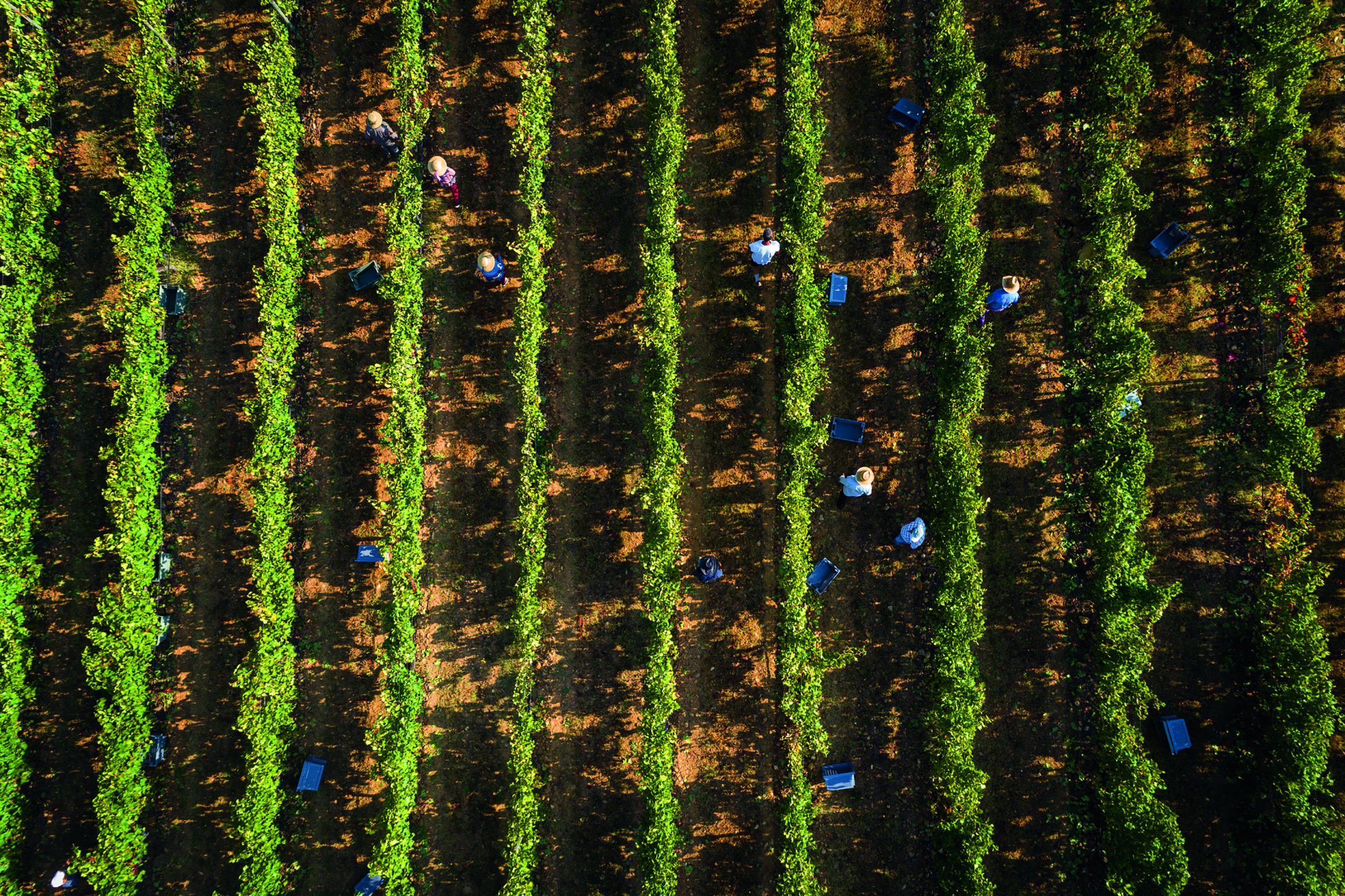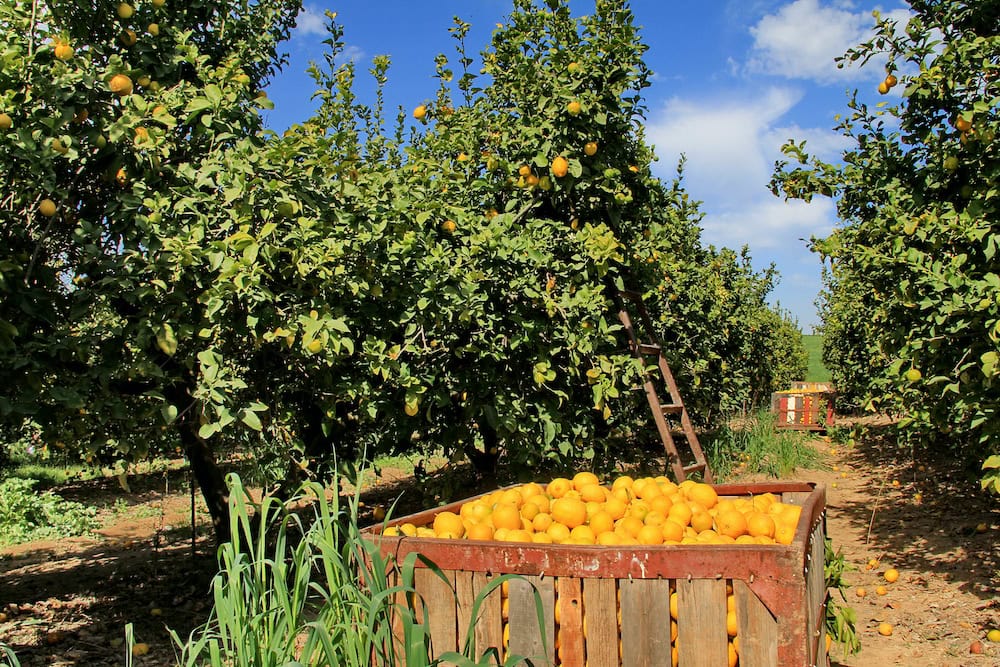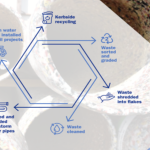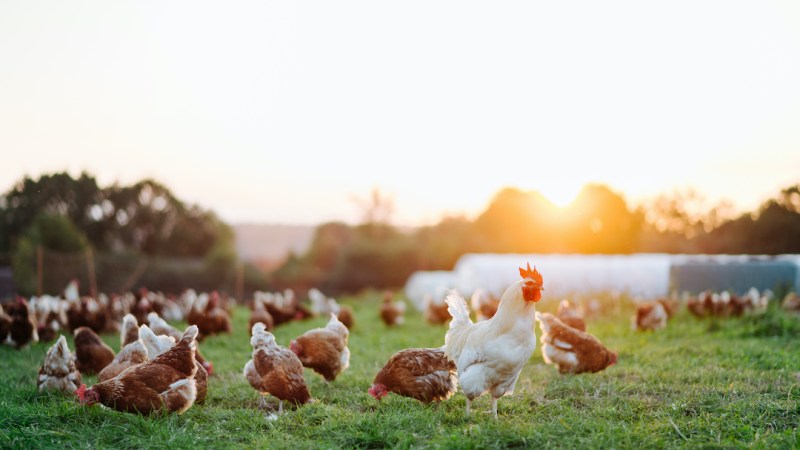Queensland has announced it is extending its border zone to include residents from the Byron,…
$30 billion ag sector by 2030 – the road ahead

Agriculture and regional NSW are at a critical juncture. As the state looks to rebuild from the economic impacts of COVID-19, agriculture will be a key industry driving the recovery process. But there’s potential for the industry to add even more – and, sitting a decade out from the industry’s goal of reaching $30 billion in ag by 2030, we are at an important planning stage for the industry’s future.
In the first of a series of four webinars, NSW Farmers will explore the potential opportunities for, and barriers to, growth for agriculture over the coming decade with Adam Marshall MP, Minister for Agriculture and Western NSW and Melinda Pavey MP, Minister for Water, Property and Housing.
Meanwhile, NSW Farmers’ President James Jackson has outlined his views on regulatory changes that need to happen to make the agriculture sector and regional areas more productive so they can contribute more to the state’s bottom line.
State tax reform
First on his hit-list is the removal of inefficient state taxes, particularly stamp duty and payroll tax.
“Opportunities for taxation reform have been identified in an independent Review of Federal Financial Relations, commissioned by the NSW Government.
“We support the principle of removing inefficient state taxes, particularly stamp duty and payroll tax, and creating a more streamlined taxation system.”
NSW Farmers’ President James Jackson

Access to finance
Making it easier for people, particularly younger people, to enter the rural property market is also critical.
“Access to finance is a common barrier to young people entering the market, and many are unable to access affordable loans.
“An expansion of the NSW Farm Innovation Fund to include leaseholders and share-croppers would provide capital injection to build capacity and support succession.”
NSW Farmers’ President James Jackson
Labour shortages
Everyday we are hearing from farmers, particularly grains growers, concerned about how they are going to harvest their crops this year with closed borders inhibiting the ability for them to access workers and harvesting machinery.
The closure of international borders has also created huge demand for workers to fruit pick and help out with harvest as foreign traveller numbers in the country dry up.
“This is concerning not only at an individual farm level, with farmers facing the prospect of produce going unharvested, but also at a national level.
If agriculture’s productivity is compromised at this critical stage, then so is our economic recovery from Covid-19.”
NSW Farmers’ President James Jackson
National Agriculture Worker Movement Code
Mr Jackson says he cannot stress enough the importance of having the National Agriculture Worker Movement Code in place.

“It’s important that governments progress a workable National Agricultural Worker Movement Code to ensure a coordinated response to worker movements, and that we find an immediate solution for the impending harvest workforce shortage.
NSW Farmers’ President James Jackson
“We must attract and retain workers to our regions, to build the productivity and sustainability of farms and to ensure Australians can continue to access fresh produce.”
To register for one or all of the webinars, please click here









It is thrilling to see action in determining a forward vision, one directly focussed on rural needs.